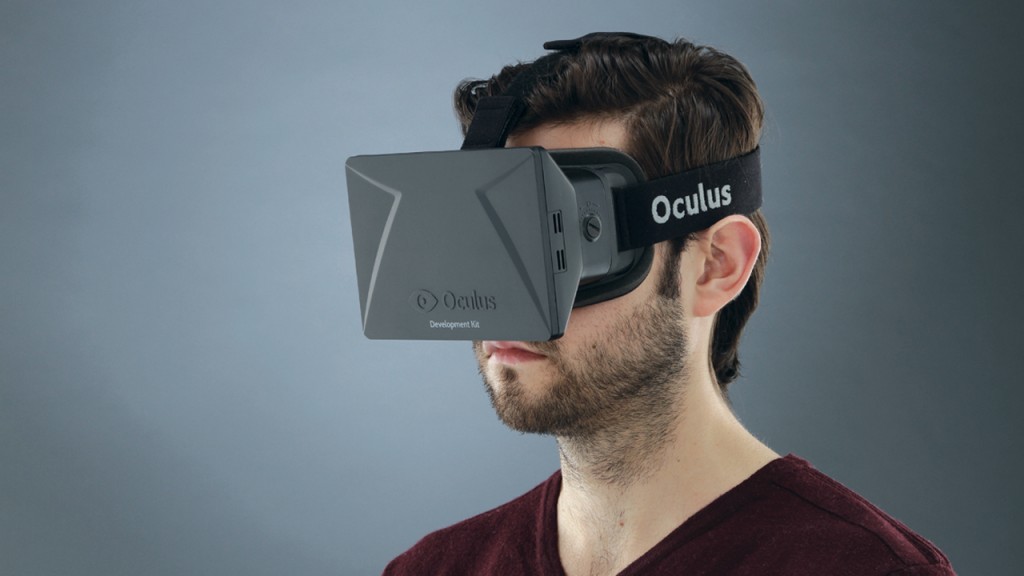Astronomers have gathered evidence allowing them potentially determine the age of our universe, according to a report published in Phys.org. Through a recent Laser Interferometer Gravitational-Wave Observatory or LIGO experiment, scientists detected gravitational waves emitted from a collision between two black holes, 36 and 29 times respectively of the mass of our sun. As scientists can now measure gravitational waves, they’re using them to detect earlier activity in the primordial cosmos.
Despite the collision of these black holes, they’re relatively small in comparison to the supermassive black holes positioned at the center of most galaxies. Ours, the Milky Way, hosts a black hole of around 4m sun masses observed by the star’s motions orbiting it. In comparison, this stellar mass is diminished to black holes of up to tens of billions of sun masses believed to exist at within the largest galaxies.
And the collision between two supermassive black holes could only happen if two galaxies supporting them would collide. Considering the nature of our fledgling cosmos, the Big Bang, however, scientists speculate that merging galaxies were probably more common, thus, they could possibly measure their produced gravitational waves. The light discharged from these galaxies was produced within a short time period after the Big Bang’s expansion.
But the waves from the supermassive black holes are only an introduction to needed evidence. Experts believe with the rapid inflation of the Big Bang, enormous masses must have formed moving at light speed, meaning powerful gravitational waves were created—and the larger the mass, the better the signal of these waves. Scientists intend to gain perspective by indirectly observing the waves interplay on cosmic microwave background radiation (CMB) left over by the Big Bang.





